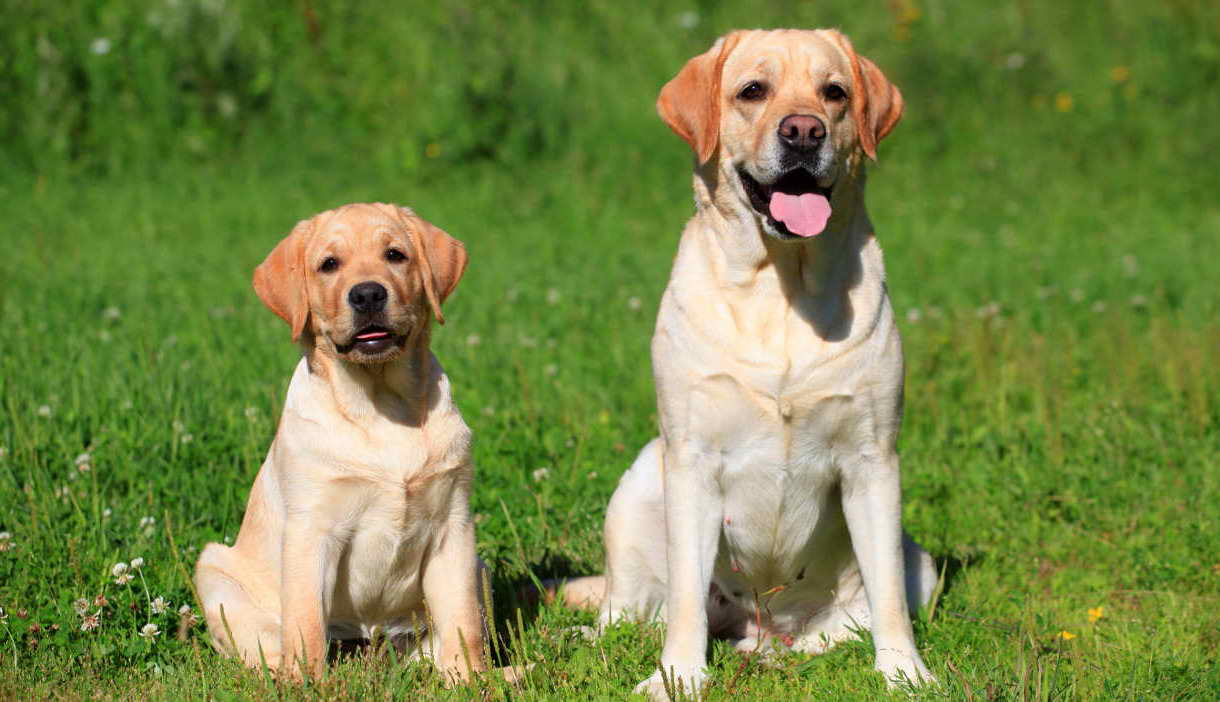
Labrador Retriever Obedience Training
As you begin the process of Labrador Retriever Obedience training, you must understand the proper distractions, duration, and distance between the dog and handler. Gradually increase the time the dog spends on each task. This way, you can build a solid foundation for successful training. Below are some examples of commands and distractions that you should consider when training your Lab. Read on for more information.
Using a name for your puppy is a great way to help with Labrador Retriever Obedience training. This way, your puppy will associate it with a place that is not associated with punishment or praise. As the puppy grows, this behavior will continue as the dog becomes more mature. By using its name when training, you can avoid potential backsliding. Be patient, and practice your new command consistently. Remember that your Labrador puppy will love you for spending time training him. Spending a little time now will pay off in the long run.
Providing your Lab with toys is an excellent way to reinforce what he has learned. Having an assortment of toys will also keep him occupied and stimulate his mind. Labradors are active, happy dogs who thrive on mental stimulation. So, keep these tools handy. They are smart, eager to please, and incredibly capable of learning. So, it’s important to remember that Labrador Retrievers can be a great addition to your household.
A Labrador puppy is very excitable, so it’s important to teach them calm behaviors.
Labradors learn best through positive reinforcement, so don’t overdo it with treats. If you are unsure about the methods to use, stick with verbal enforcement. Your puppy will thank you for their obedience training efforts. It’s also important to make your Lab learn to obey commands from other pets.
When teaching your Labrador pup to sit, make sure to reward good behavior. Make sure to praise him every time he sits before he gets to the food. You can then reward him when he sits again three seconds later. After he has learned the sit command, give him a treat as a reward. You can continue this process until your dog learns all the commands. Keep repeating it until you’ve succeeded!
The basics of obedience training can begin as early as eight weeks old. During these weeks, a Lab puppy will learn a few basic commands. Choose a distraction-free place to start. Hold a treat in front of him and speak authoritatively. As your Lab responds, offer a treat or a reward. Make sure the reward is tasty. Your Lab will learn this early on, and your patience will pay off.
Once your Lab puppy is six months old, you can advance to more advanced commands.
For example, you can use the “LEAVE IT” command to stop your dog from biting you on things that are not appropriate. Another useful command is “WAIT!”. You can use this command to catch your Labrador if it runs ahead and stops at an inappropriate location. This training should be continued until your dog is fully trained.
Daily training can also prevent destructive behavior from developing. Daily exercises help to provide mental stimulation for your Labrador, which will make him a more enjoyable companion. Playing games with your dog is an effective way to teach it the right behaviors. For example, a dog that obeys the command “stay” in the presence of other people may be better behaved and happier. If you have a disobedient dog, you can avoid the negative impact of a dog on society by giving them proper training.
A good technique to reinforce this command is to throw a bird at the puppy. Don’t fire the bird as it might intimidate the puppy. Rather, throw the bird so that your Labrador puppy will chase after it. Once your pup has mastered this task, introduce the gun as a positive object in your home. Similarly, food is an excellent way to reinforce good behaviors. Moreover, if you are throwing a bird, you can also use the newspaper.
When teaching the command to your puppy, you should make sure that the puppy’s shoulder is close to your thigh. Make sure that you praise it when it comes up to you and that the command becomes automatic. As a puppy grows older, you may need to introduce additional commands as well. You can also use a heeling stick if you prefer. The more repetition you give, the better.
Leave a Reply